1. Lobster
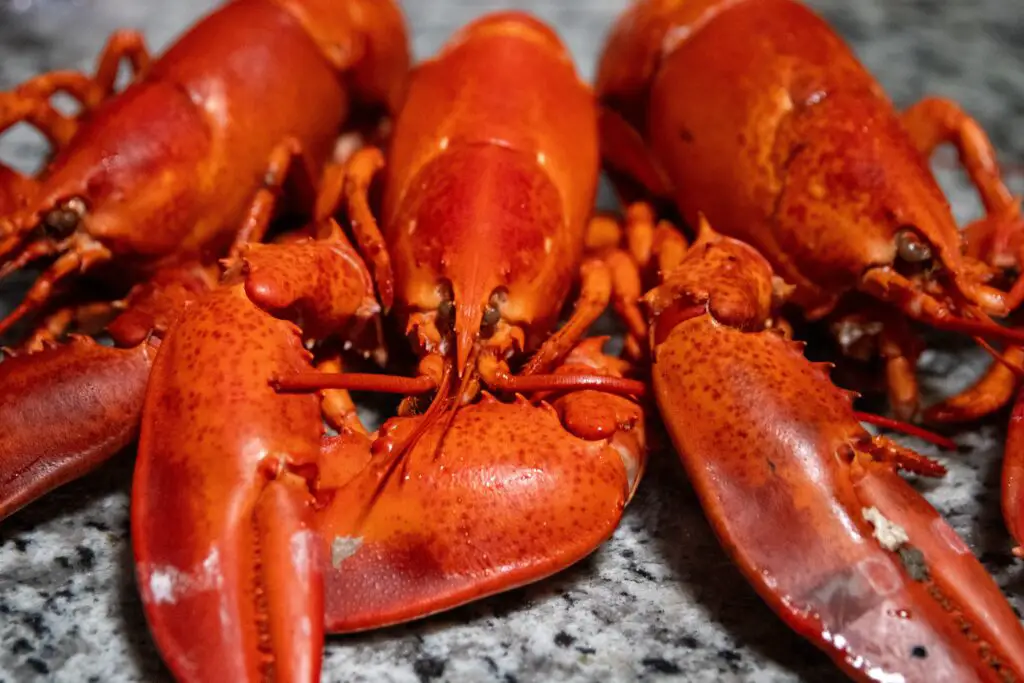
Believe it or not, lobster was once considered food for the poor. In colonial America, it was so abundant that it was used as fertilizer or fed to prisoners and servants. People actually complained about being served too much of it. It wasn’t until the 19th century, when it started appearing on railroad dining cars, that lobster’s reputation began to change shares Reddit.
As the upper class began enjoying it in fancy settings, the perception shifted. Its scarcity in restaurants made it more desirable, and the price crept up. By the 20th century, lobster had transformed into a luxury meal. Today, it’s hard to believe that what we now associate with candlelit dinners used to be considered a lowly sea bug adds Taste Cooking.
2. Chocolate
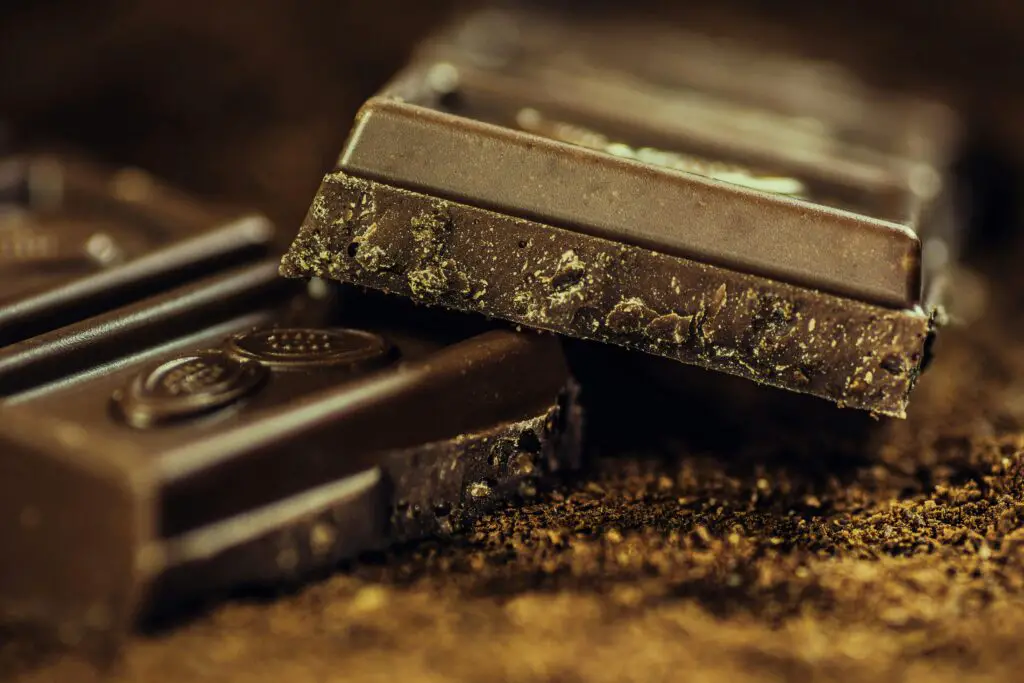
Chocolate started out as a bitter beverage in Mesoamerican cultures, enjoyed by the Maya and Aztecs for its energizing and spiritual properties. But when it made its way to Europe, it quickly became a prized indulgence. Only the wealthy could afford it, and it was typically served hot and spiced in ornate cups shares BBC.
Sugar was expensive at the time, so sweetened chocolate was truly a luxury. Royals and nobles sipped it while the lower classes could only dream of tasting it. Even Marie Antoinette had her own personal chocolate maker. It took mass production and cheaper ingredients to turn chocolate into an everyday treat adds Hill Country Chocolate.
3. Ice Cream
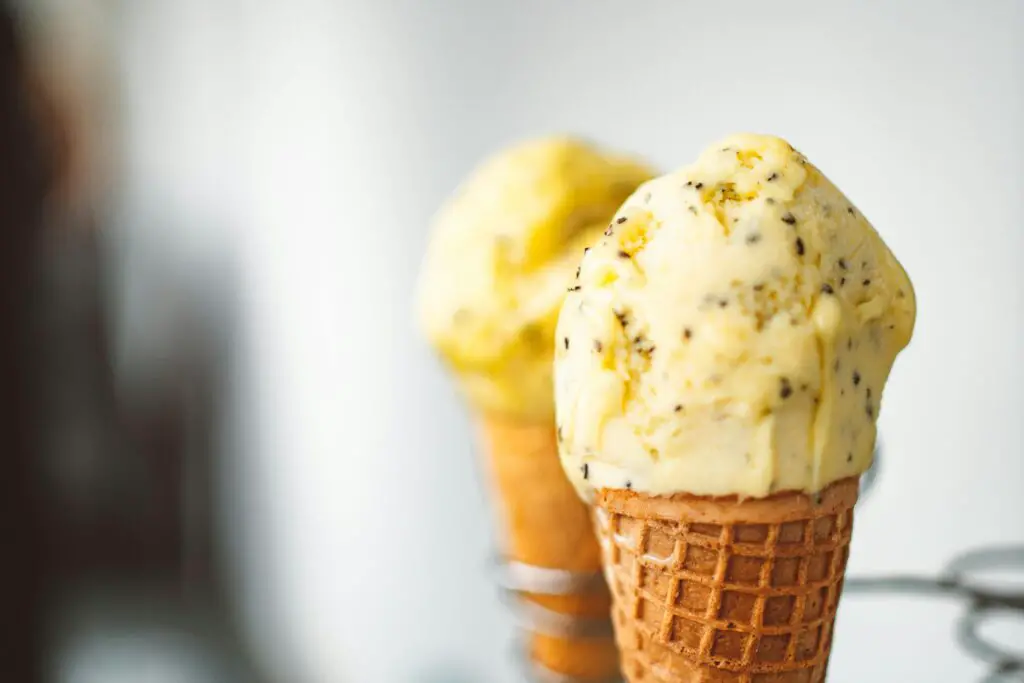
Before freezers and refrigeration, making ice cream was no easy task. It required access to ice during warm months and a lot of labor, so only the rich could enjoy it. In 18th-century Europe and America, it was often served at lavish banquets and elite social gatherings. George Washington was known to have spent a small fortune on it in one summer alone.
Ice cream became a symbol of status and refinement. It wasn’t until insulated ice houses and mechanical refrigeration came along that it became more widely available. By the early 20th century, soda fountains helped bring it to the masses. But for a long time, a simple scoop was a rare and expensive delight.
4. Cinnamon
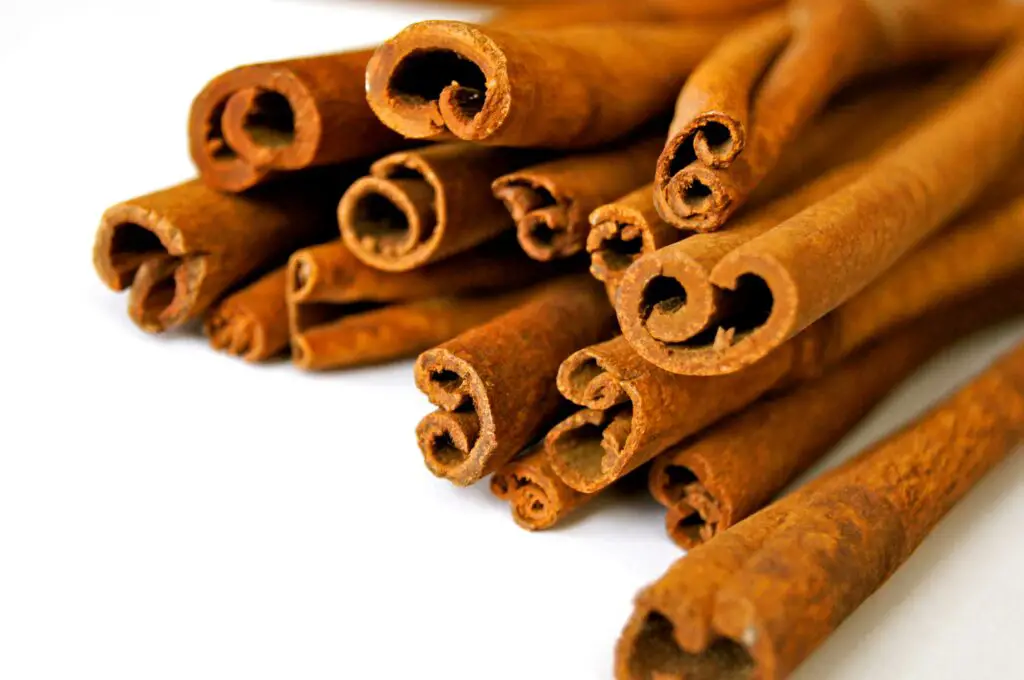
Today it’s a common pantry staple, but centuries ago, cinnamon was practically worth its weight in gold. It was brought to Europe through long and dangerous trade routes, and many didn’t even know where it came from. It was so valuable that it was often gifted to royalty or used in religious ceremonies.
The spice was seen as a status symbol and added to both food and wine to display wealth. Wars were even fought over access to cinnamon-producing regions. Only the wealthiest could afford to use it regularly in their kitchens. Its rise in accessibility came with global trade and colonization, changing its place on the social ladder.
5. White Bread
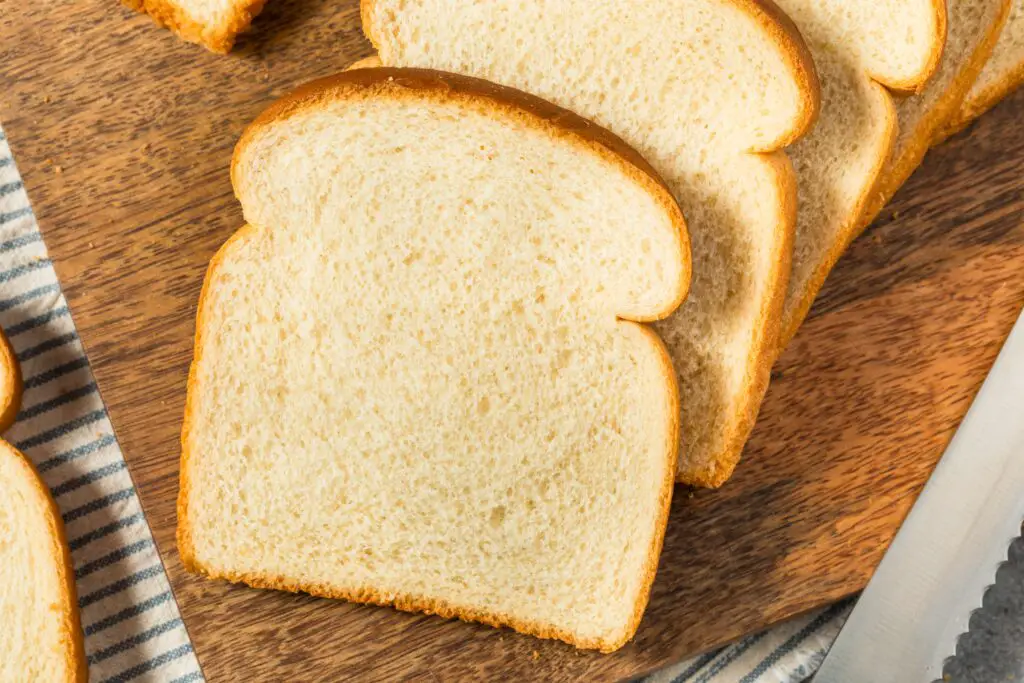
In centuries past, the whiter the bread, the higher the status. White flour was more refined and costly to produce, so it was reserved for the elite. The poor ate coarse, darker bread that was heavier and made with whole grains or rye. In many cultures, offering white bread to a guest was a sign of honor.
It wasn’t about nutrition, but about luxury. Over time, with industrial milling and mass production, white bread became more affordable. Ironically, it’s now seen as less healthy compared to whole grain options. But for a long time, it was the soft, pale loaf that reigned supreme on noble tables.
6. Coffee

Coffee began as a sacred and energizing drink in the Middle East and North Africa, but once it reached Europe, it became a symbol of sophistication. Early coffeehouses were gathering spots for the wealthy and intellectuals, and brewing the drink at home was a luxury few could afford. The beans were expensive and imported.
Owning a coffee pot or grinder was a sign of affluence. Royals, like King Louis XIV of France, were known for their elaborate coffee rituals. Eventually, as plantations expanded and global demand rose, coffee became more accessible. But for years, it was the drink of the elite, enjoyed with porcelain cups and silver spoons.
7. Pineapples
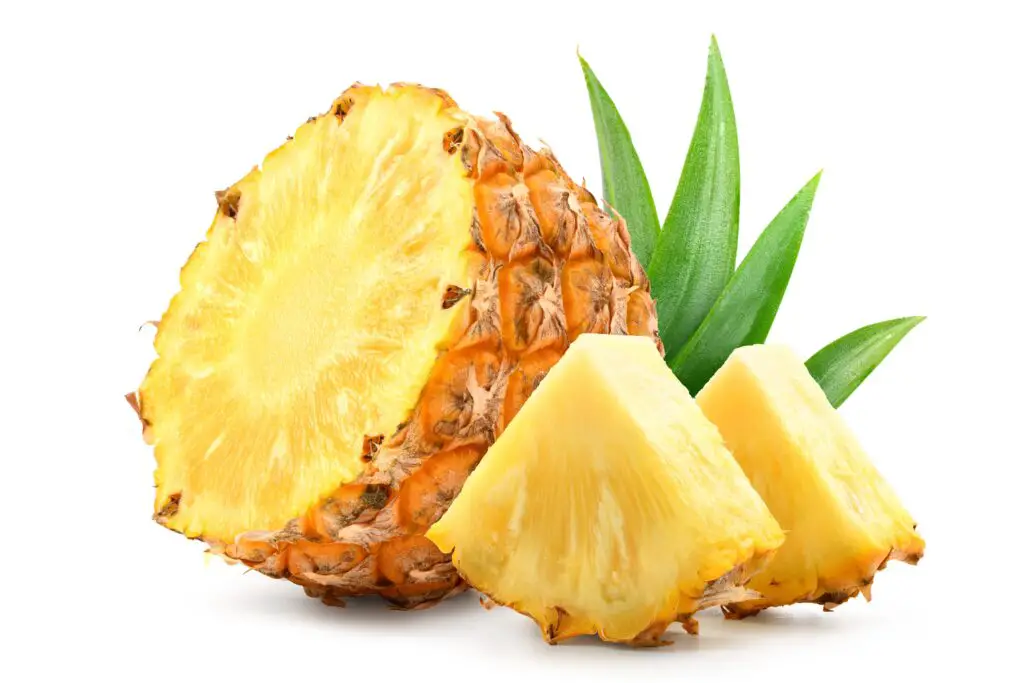
In the 17th and 18th centuries, pineapples were so rare in Europe that people rented them as centerpieces. They symbolized wealth, hospitality, and exotic flair, and only the very rich could afford to eat them. Growing them in non-tropical climates required expensive greenhouses and meticulous care.
Hosts would sometimes just display one and never cut into it. Paintings and architecture featured pineapple motifs to signal prestige. Eventually, shipping methods improved and plantations expanded in the Caribbean. Now, you can find pineapple chunks in just about any grocery store, but it used to be a showstopper.
8. Truffles
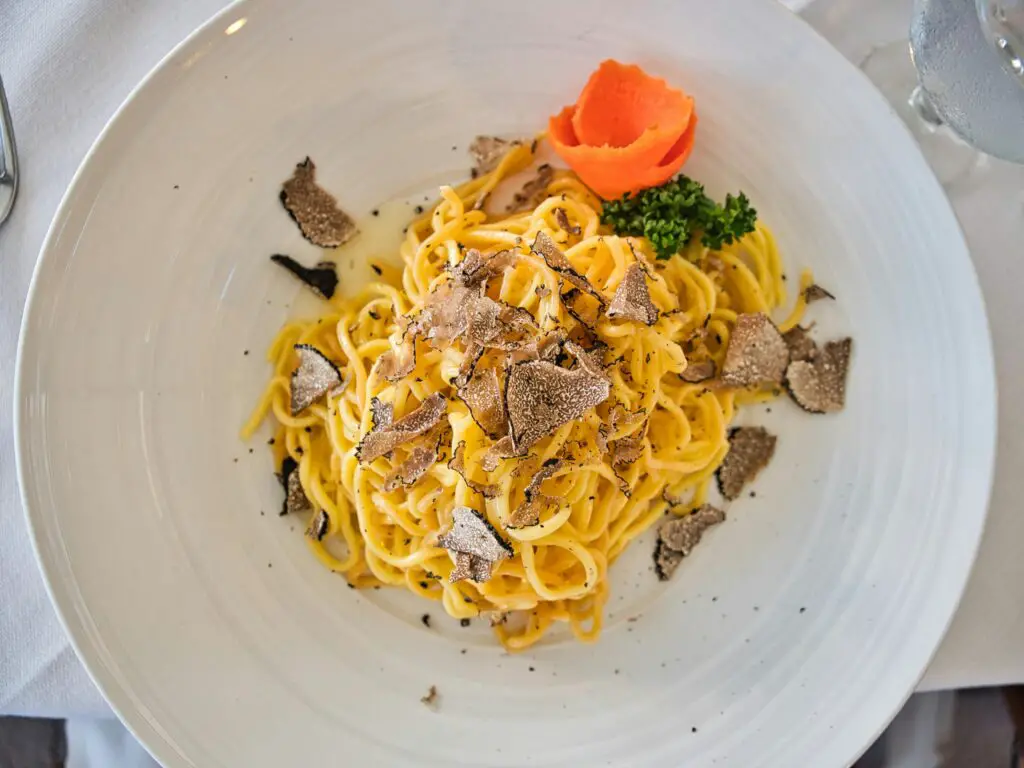
Truffles have always had a certain mystique, but their status as a luxury food dates back centuries. These underground fungi were highly prized by ancient Greeks and Romans, who believed they had aphrodisiac qualities. Because they were rare and difficult to harvest, they fetched a high price and were served at lavish feasts.
Over time, truffles became associated with fine dining and haute cuisine. Truffle pigs and dogs were trained to sniff them out, which only added to the drama. Even today, they remain expensive and are shaved delicately over pasta or eggs. But in the past, truffles were strictly for those with deep pockets.
9. Sugar
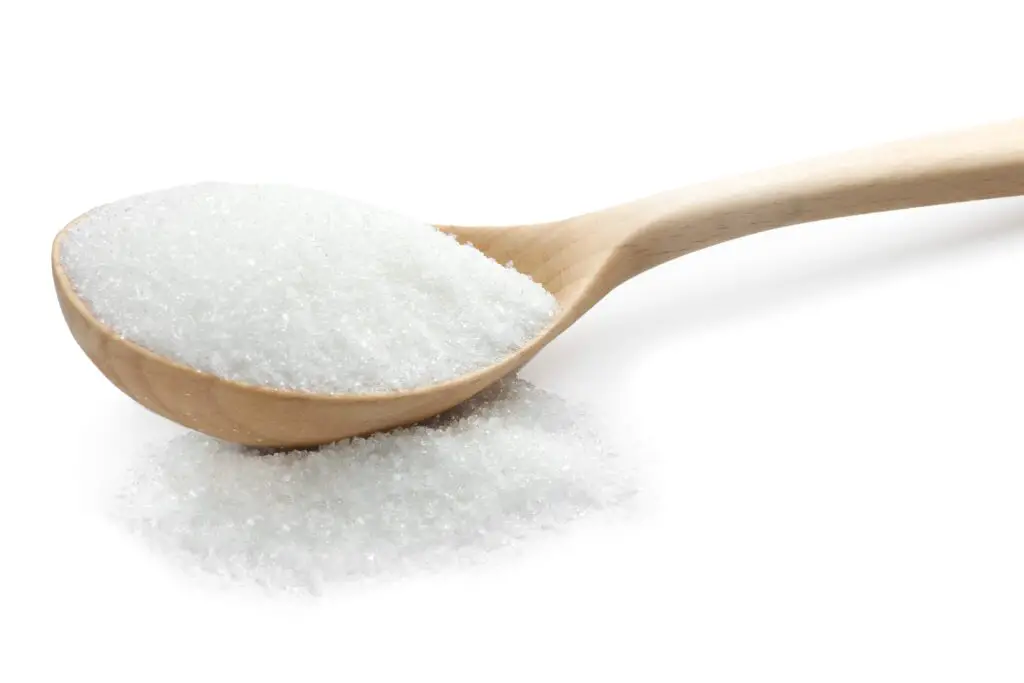
Sugar was once called “white gold” and was so rare in Europe that only aristocrats and royalty could afford it. It was used to sweeten tea, create elaborate confections, or show off in table centerpieces made entirely of sugar. The labor-intensive process of growing and refining it made it incredibly costly.
Possessing sugar meant you had serious wealth. It even played a role in colonial expansion and the brutal sugar trade. As plantations spread and prices dropped, sugar slowly became more accessible. But originally, just a spoonful in your tea was a sign you were among the upper crust.
10. Oysters

Today, oysters are often associated with champagne and fancy raw bars, but in the 18th and early 19th centuries, they were cheap and abundant. Coastal communities harvested them in bulk and they were sold as street food to the working class. In cities like New York and London, oyster cellars were as common as sandwich shops.
But overfishing and pollution reduced their availability, and their image gradually shifted. By the early 20th century, oysters became harder to find and more expensive. Restaurants began treating them as delicacies. Their transformation from everyday snack to upscale indulgence is one of the more surprising culinary flip-flops.
11. Salt
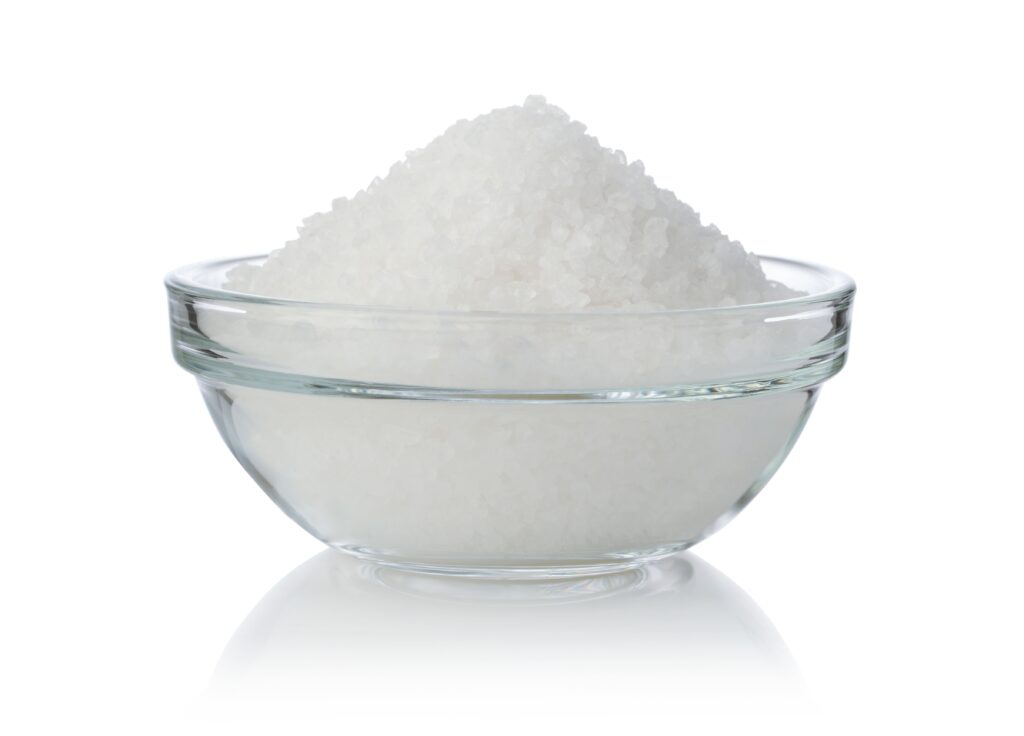
Salt was so vital and valuable in ancient times that it was used as currency. Roman soldiers were sometimes paid in salt, which is where the word “salary” originates. Preserving food with salt was crucial for survival, especially before refrigeration. But not all salt was created equal, and fine salt was often reserved for the elite.
Kings and queens had their own salt cellars at feasts, and to “sit above the salt” meant you were important. Access to salt helped shape trade routes and even sparked wars. It wasn’t until large-scale mining and production methods were developed that salt became cheap and widely available. Now it’s taken for granted, but it used to be pure culinary gold.
12. Saffron
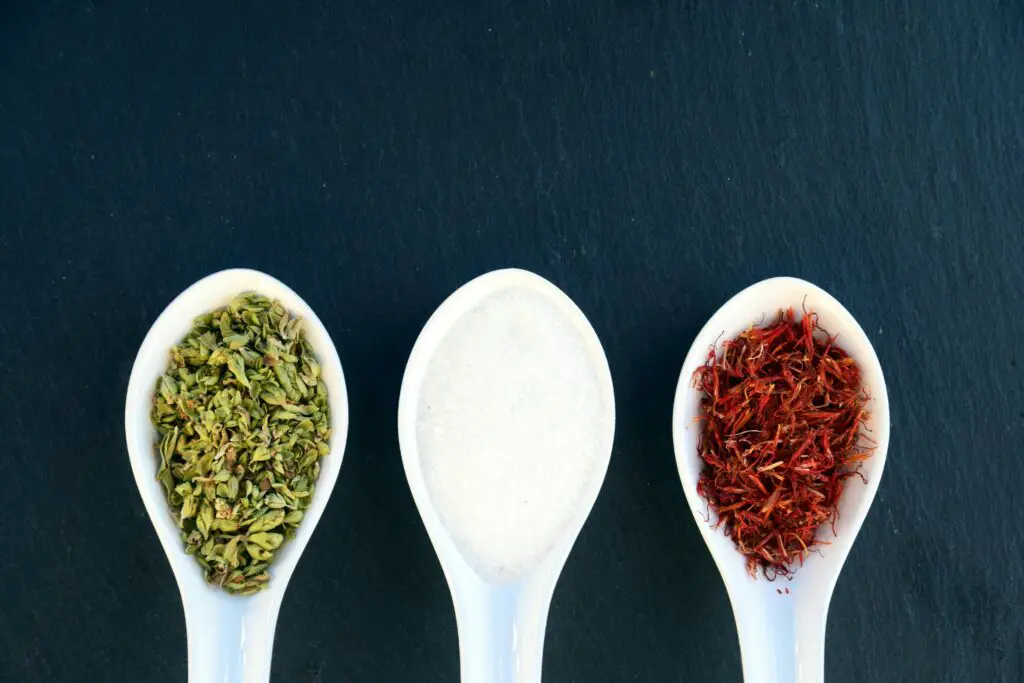
Saffron is still the most expensive spice in the world, and its history as a luxury item goes back thousands of years. Harvested from the stigmas of crocus flowers, it takes about 75,000 blossoms to produce just a pound of saffron. In ancient Persia and medieval Europe, it was used in medicine, perfume, and lavish dishes.
Only royalty and the incredibly rich could afford to use it in cooking. Saffron-colored robes and rice were signs of opulence. Even today, a tiny jar of the real stuff can cost more than an entire grocery bill. It’s one of the few ancient luxury foods that has stayed firmly in the “elite” category for centuries.
